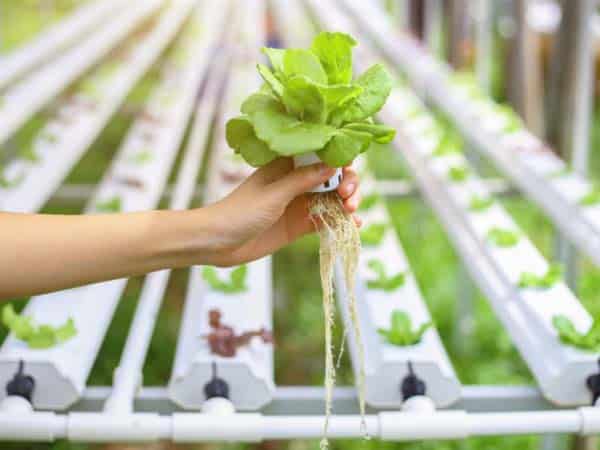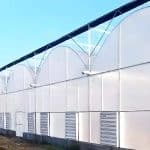In today’s farming, commercial greenhouses are key to producing high-quality crops efficiently in a controlled setting. They’re essential for boosting global crop yield and quality. Yet, greenhouse farming faces challenges, especially from pests. Greenhouses offer pests an ideal living space and lack natural enemies, leading to potentially worse pest issues. If you’re planning to grow crops in a greenhouse, a crucial step is figuring out how to effectively get rid of pests inside.
To help tackle pest problems, we looked into extensive scientific research. We provide targeted control methods for typical greenhouse pests and introduce 20 strategies from physical, biological, and chemical angles for pest control. This guide will equip newcomers to greenhouse farming with the tools to handle pest outbreaks effectively, ensuring crops grow healthy.
9 Common Greenhouse Pests and Their Control Methods
The first step in managing greenhouse pests is identifying them.
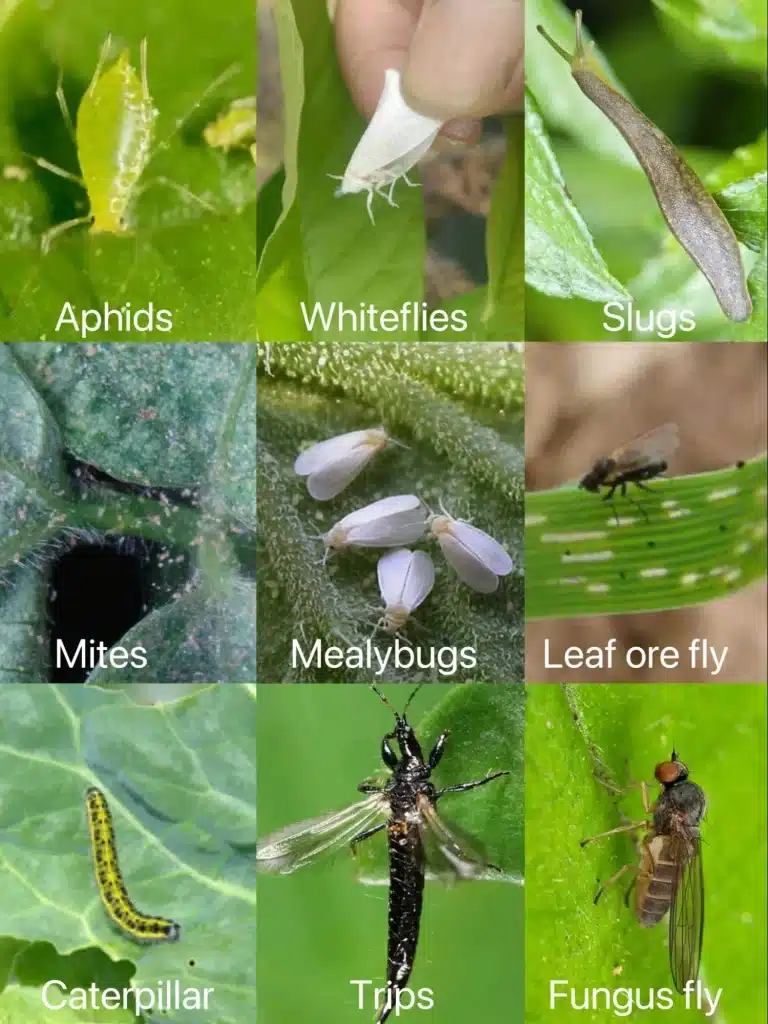
Accurately identifying the types of pests invading crops in the greenhouse is crucial for developing effective control strategies. Different pests may require varied management approaches, including prevention, monitoring, and control measures. In this section, we will explore a range of pests common in greenhouse environments, such as aphids, whiteflies, spider mites, and other harmful organisms. Each pest will come with a brief introduction to its biological characteristics and one or more effective control methods.
By understanding these pests and their control methods, you can take swift action at the first sign of pests to minimize crop damage and ensure the greenhouse’s production efficiency and quality.
To vividly present these pests and their effective management strategies, we have drawn on research from the University of Kentucky and organized the following table:
| Pest Type | Identification | Control Methods |
| Aphids | Small, soft-bodied group on stems and leaves, with cornicles resembling exhaust pipes. | Use beneficial insects like parasitic wasps, regularly apply insecticides, and remove infected plants by hand. |
| Fungus Gnats, Shore Flies, Bloodworms | Fungus gnats are small and black; shore flies are bulkier; bloodworms are red and elongated. | Control moisture, trap adults with yellow sticky traps, and use biological controls like Bacillus thuringiensis. |
| Thrips | Very small and slender and range from light brown to black, harming flowers, buds, and young fruits. | Isolate with netting, inspect new plants regularly, and use thrips-specific insecticides. |
| Whiteflies | Powdery white, fly from under leaves when disturbed. | Employ biological controls like Encarsia formosa, use chemical controls, and keep areas clean. |
| Caterpillars, Cutworms, Aphids, | Fleshy, smooth, active at night, consuming leaves, stems, and fruits. | Use Bacillus thuringiensis products, remove by hand, and keep growing mediums dry. |
| Leaf Miners | Small larvae, feed inside leaves, causing narrow, curved damage. | Remove and destroy infected leaves, and apply insect growth regulators. |
| Mealybugs | Small, soft-bodied, covered in white powder, produce honeydew causing sooty mold. | Maintain cleanliness, reduce ant attraction, use contact insecticides, and adopt biological control. |
| Mites | Tiny, attack leaf undersides, leading to mottled, yellowing leaves. | Apply miticides, enhance airflow, and implement biological controls. |
| Snails and Slugs | Leave slime trails, feed at night, and prefer moist conditions. | Dry out environments, use physical barriers, employ baits and traps. |
Effective Greenhouse Pest Control Techniques
In battling greenhouse pests, we typically use three control types: physical, biological, and chemical. Combining these can control pests effectively with minimal environmental impact. Here are 20 strategies across these categories for fighting greenhouse pests.
1. Sticky Traps
Use sticky traps to catch adult fungus gnats and small flyers. Keeping a log of trap catches is crucial for managing pests. Check out the University of Massachusetts for a detailed sticky card log form. This monitoring helps in timely actions to keep crops healthy. Rutgers University’s study, “Pest Counting and Action Thresholds in Greenhouses,” is a great guide on using pest counts to manage them effectively.
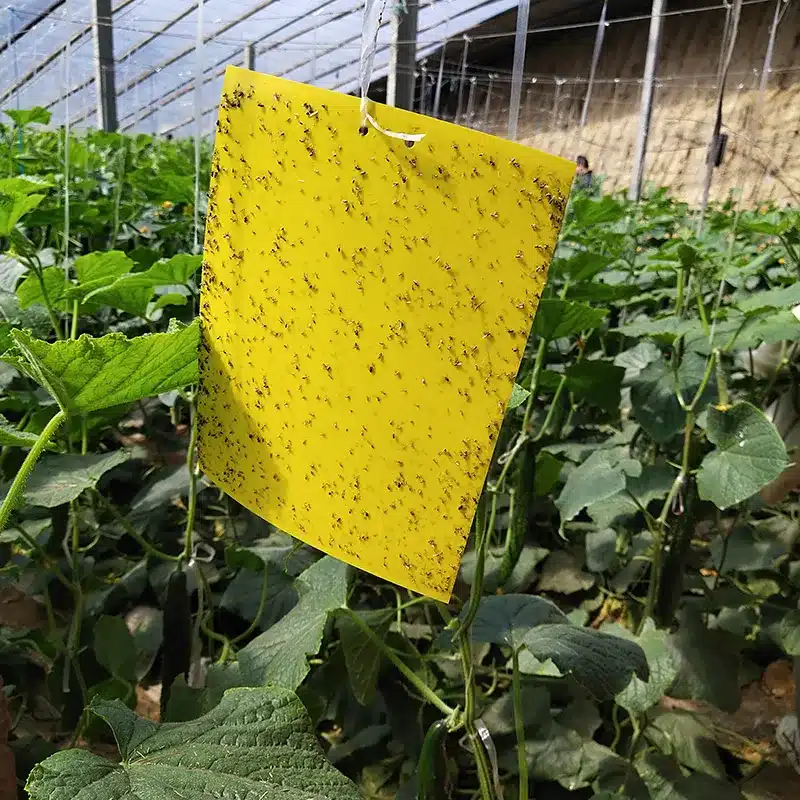
2. Insect Netting
Fine-mesh screens on vents and sealed doors/windows keep pests out of your greenhouse while allowing airflow. Screen sizes vary with the pest and region. They’re typically made from PE material. For durability and custom sizes, you can consider using HDPE insect netting with UV protection.
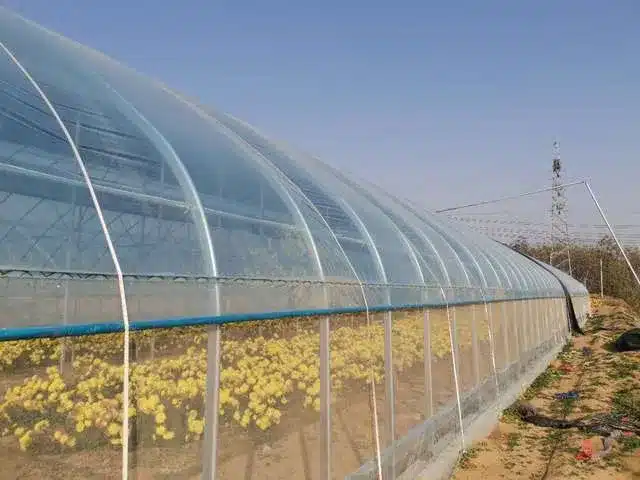
3. Hand Picking:
Direct and effective, especially for small greenhouses or when pest levels are low. Wear gloves for protection. Regularly check under leaves, stems, and hidden spots for pests and eggs.
4. Water Management
Limit overwatering to deter fungus gnats, shoreflies, and bloodworms. Ensure water is clean and hose ends don’t touch the ground. Address any drainage problems promptly.
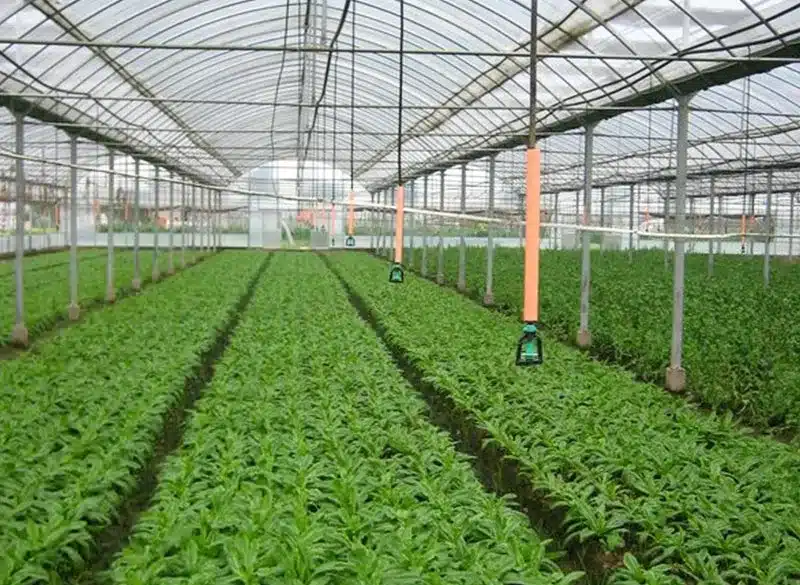
5. Cleanliness and Hygiene
Properly planning plant spacing avoids overcrowding, reducing pest risks. Keep greenhouse walkways free from soil, organic matter, weeds, or algae. Store no plant materials in the mixing area. Avoid piling contaminated pots or media near planting areas. Regularly remove unhealthy plant parts to maintain a healthy growth environment for greenhouse plants.
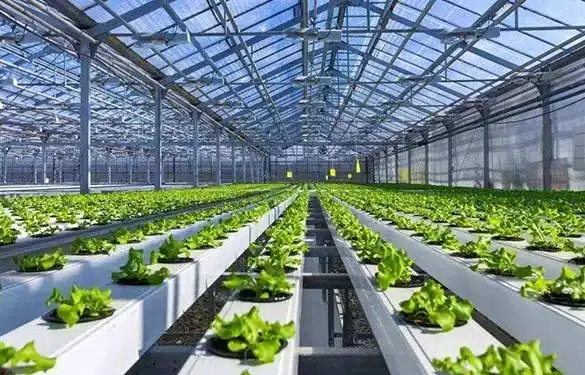
6. Disinfection
Disinfect soil before planting. Keep all benches, pots, trays, and platforms disinfected, whether new or previously treated. Use clean growth media, preferably pasteurized, to avoid potential disease infections.
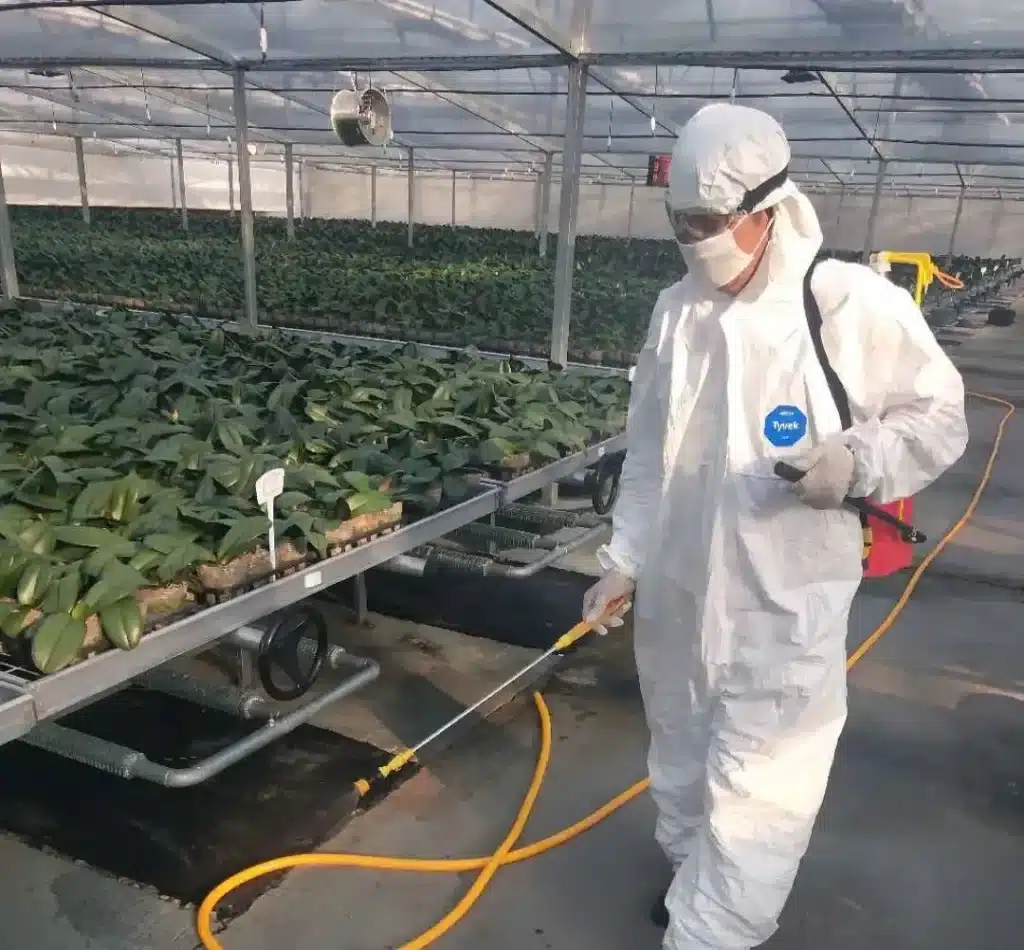
7. Targeted Insecticides
Using chemicals effective against specific pests directly targets those threatening crops, minimizing the impact on non-target beings, especially beneficial organisms like pollinators and natural enemies. This approach enhances pest control precision and efficiency, supporting ecological balance and agricultural ecosystem health.
8. Rotating Insecticides
Rotating insecticides prevents pests from developing resistance to specific chemicals. This strategy disrupts their adaptation and resistance to any single chemical, extending the effectiveness of insecticides.
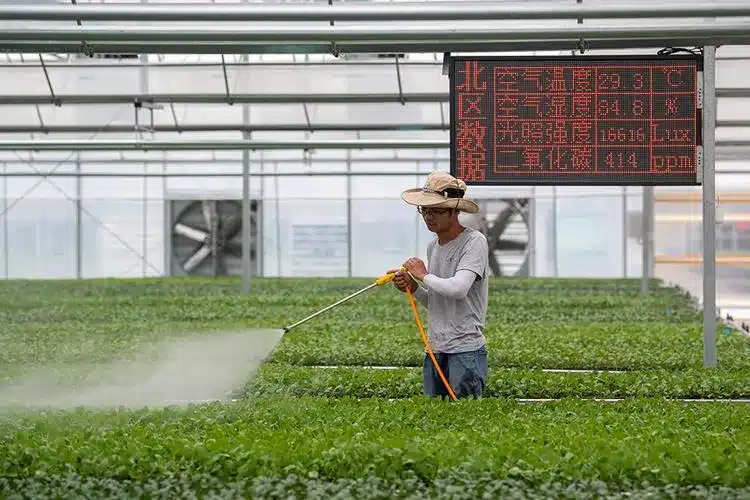
9. Timely Application
Apply chemicals at the most sensitive life stages of pests. Michigan State University offers a detailed investigation on insecticide choices for major greenhouse pests that might help make informed decisions: Greenhouse Pest Insecticide Research Survey. Note that pesticide legality varies by region or country. Before using any pesticides, consulting local agencies or regulatory bodies to ensure compliance with local laws and regulations is strongly advised.
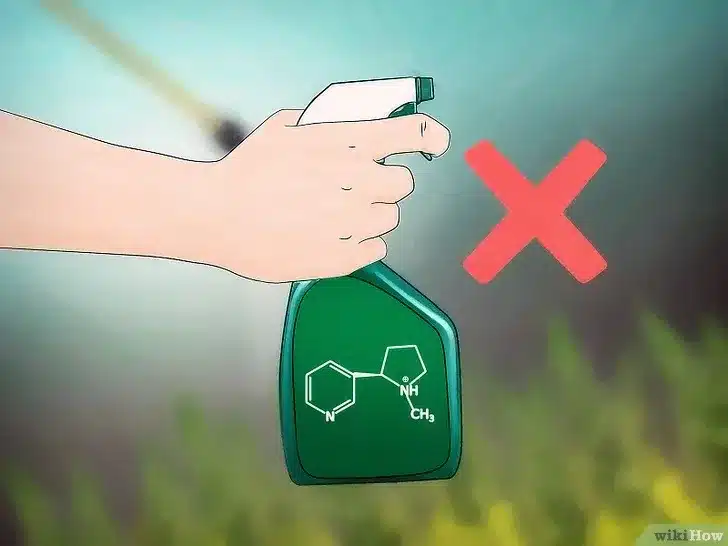
10. Use High-Pressure Water Sprays
To remove pests like red spiders and aphids from plants with fine mist. This method also boosts plants’ ability to photosynthesize, promoting healthier growth.
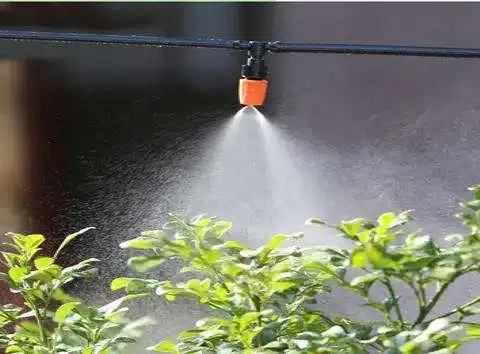
11. Try Companion Planting
Plant companion crops that attract, catch, or repel pests next to your main crops. This strategy works well for pest control.
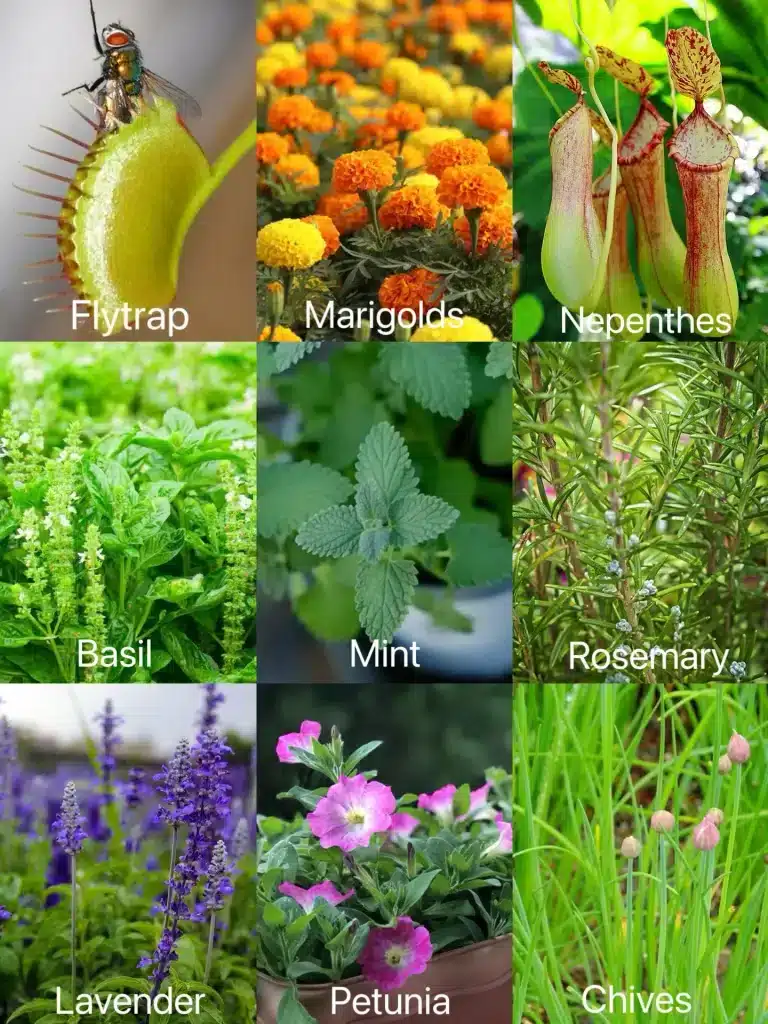
Below is a table detailing common plants for natural pest control in greenhouses and their key effects:
| Plant | Effect |
| Carnivorous Plants | Attract and trap insects, eating many that enter your greenhouse. |
| Marigolds | Their scent repels aphids and other pests. |
| Garlic, Chives, Onions, and Leeks | Natural repellents, their smell wards off red spiders and aphids. |
| Basil | Contains essential oils that repel insects. |
| Lavender | Natural repellent, especially against moths. |
| Lemongrass | High in citronella and excellent at repelling mosquitoes. |
| Rosemary | Repels cabbage moths and flying insects. |
| Mint | Repels ants, mosquitoes, and moths. |
| Petunias | Effective against aphids, tomato hornworms, and squash bugs. |
These plants not only enhance the biodiversity of greenhouses but also naturally reduce pest invasions, making them a vital part of integrated pest management strategies.
12. Reflective Mulches
Reflective mulches confuse UV-sensitive pests like aphids and whiteflies, preventing them from finding host plants. A study shows they help suppress pear psylla effectively.
13. Beneficial Insects
Introducing predators like parasitic wasps and predatory mites helps manage pest populations by restoring natural balance. The University of Kentucky offers great insights into biological control.
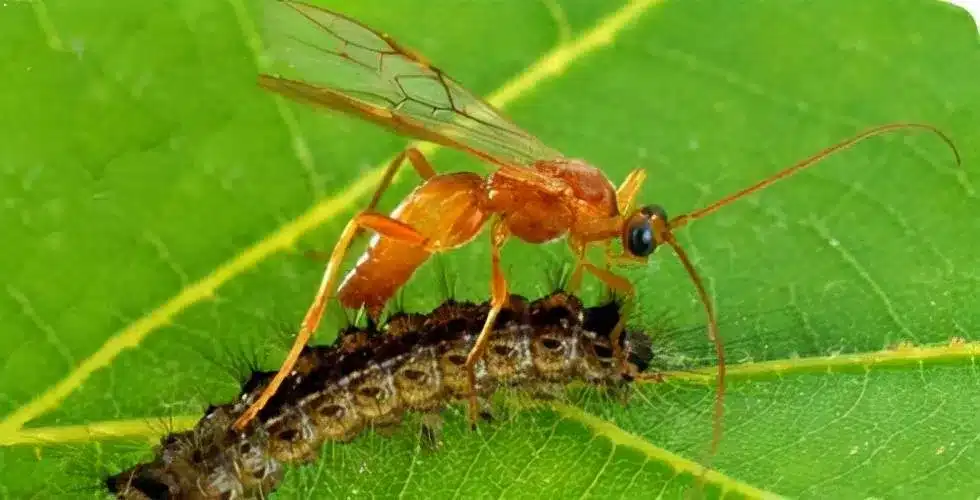
14. Microbial Pesticides
Using Bacillus thuringiensis (Bt) targets specific pests safely. Bt produces toxins that, when ingested by pests, stop their feeding and lead to their death.
15. Plant Extracts
Natural extracts from plants like chrysanthemum (pyrethrum) repel or kill pests. Pyrethrins in pyrethrum disrupt insects’ nerve impulses, effectively eliminating them.
16. Horticultural Oils
These oils work as safe insecticides, miticides, and fungicides in greenhouses, with low toxicity to plants and mammals.
17. Garden Soap
Soaps like M-Pede® work well against some greenhouse pests and diseases like powdery mildew. They’re most effective when first applied and still wet.
18. Insect Growth Regulators
IGRs disrupt insect growth, causing death or preventing reproduction. They target developing insects, not adults.
19. Baking Soda
Used on ornamental and edible crops, baking soda can control diseases. It’s even more effective when combined with oil sprays.
20. Barrier Products
These create protective layers on plants to prevent diseases. Originally meant to reduce water loss, they also lower the risk of diseases like anthracnose and rust in various crops.
The Future of Greenhouse Pest Management: Trends and Tech
As technology evolves, how we manage pests in greenhouses is getting smarter and greener. Exciting advances like gene editing and AI are changing the game. They aim to reduce pests and reduce our need for chemical sprays.
A 2023 study from the Agricultural University of Athens, featured in “Applied Sciences,” shows how AI could revolutionize smart greenhouses. It suggests AI can predict and prevent pest outbreaks using data and pattern recognition.
Also, a project supported by the European Union explores how robots, guided by the Galileo satellite, could tackle pests in greenhouses. These robots can find and deal with pests by themselves, making crop care more precise and cutting down on chemicals. This approach not only makes farming more efficient but also supports sustainable practices.
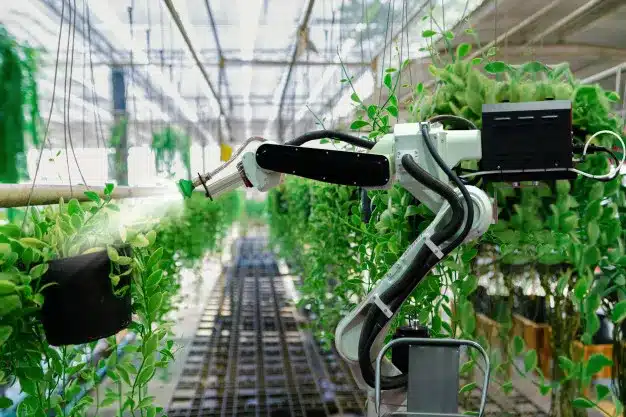
These tech innovations are setting the stage for a major shift in managing greenhouse pests, aiming for smart, precise, and kind methods for the planet. With these advancements, farmers can better face pest challenges, boosting crop quality and yield while caring for the environment.
Conclusion
In pest management, it’s much easier to intervene early than to tackle an outbreak. Using tools like insect traps and lures helps monitor pest types and numbers. This allows managers to adjust control strategies based on their findings. The key to Integrated Pest Management (IPM) is combining physical, biological, and chemical methods. Based on specific greenhouse conditions and pest issues, this tailored approach effectively lessens pests’ impact on crops while minimizing environmental harm.
We hope this article helps you to get rid of greenhouse pests. INSONGREEN offers high-value commercial greenhouses and agricultural nets globally. For product needs and questions, feel free to reach out.


